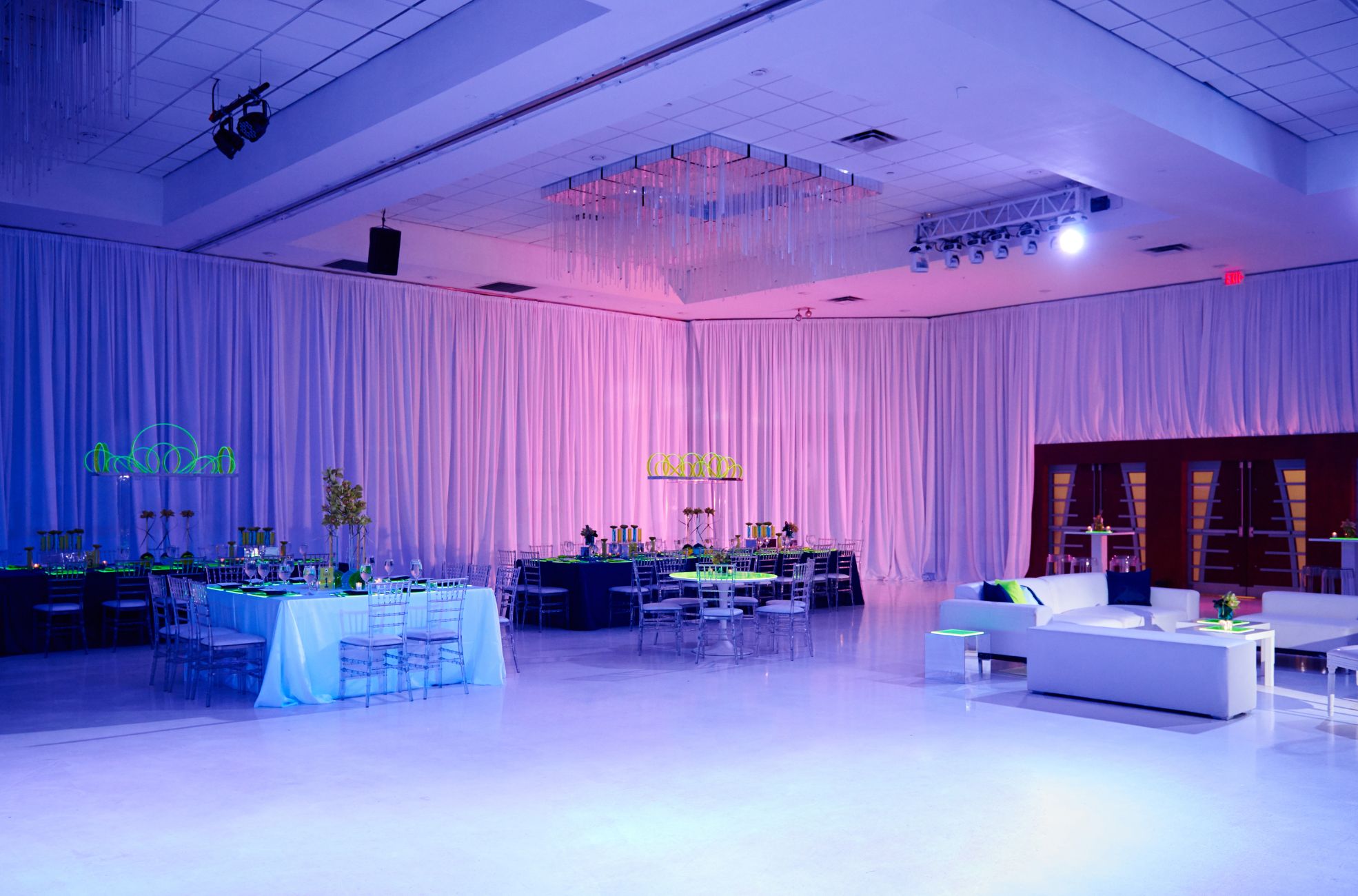Event design is essential in turning a simple gathering into a memorable spectacle. It involves meticulously crafting every visual and sensory detail to create a cohesive, impactful experience that resonates with guests. From the strategic use of lighting to the thoughtful arrangement of furniture, every element must harmonise to reinforce the event’s theme and objectives.
We explore the intricacies of transforming any venue into a visual masterpiece, guiding you through the essential steps to captivate your audience. We cover the dynamics of venue assessment, theme consistency, innovative lighting solutions, and the power of finishing touches—all paramount in orchestrating an event that not only meets but exceeds expectations.
Venue Dynamics
Assessing the Space and Layout
Getting to know the dimensions and configuration of your event space is key to transforming any venue into a visual spectacle. Event planners, especially those who frequent certain venues, often know intimately about the spaces they work with. If you’re encountering a new venue or one that’s recently changed, it’s wise to get hold of a digital layout or a map that details the square footage and specific dimensions of the space.
This information is essential for planning the placement of decor, stages, and seating arrangements. When a venue is unfamiliar or details aren’t readily available, planners should proactively seek out these specifics to ensure a seamless design process.
Identifying Key Focal Points
Creating focal points within an event space is key to guiding attendees’ attention and enhancing the overall experience. These focal points should be strategically placed to capture interest, reflect the event’s theme, and reinforce the brand’s identity. The stage, which naturally draws the eye, is a prime example.
Other areas like the head table, registration desk, and networking zones also serve as central features for the event’s design. Food stations and product demos can also become focal points, offering opportunities for engagement and interaction. Speaker panels and interactive displays can significantly add to the educational and informative aspects of the event.
A social media wall is another contemporary element that can create a dynamic and interactive experience, showcasing live updates and encouraging attendee participation.
Maximising Natural Light and Views
Natural light can dramatically change the atmosphere of a venue, making spaces feel more open and welcoming. To make the most of this, it’s advisable to let as much natural light in as possible by opening windows or using doors with glass panels. If the light is too intense, sheer curtains can soften it.
This creates a softer and more romantic ambience. When natural light is lacking or the event takes place in the evening, artificial lighting should complement it, ensuring the venue stays warm and inviting.
Considering Guest Movement and Flow
When designing an event space, the movement and flow of guests must be taken into consideration. Attendees will be constantly on the move, whether they’re finding their seats, navigating to the podium, or searching for facilities. To facilitate smooth movement, creating clear routes for all activities is important.
Signage, event staff directions, and intuitive room layouts should be used to guide guests. Extra space should be allocated near exits and around high-traffic areas such as the dance floor. Addressing accessibility concerns is also a must.
This includes providing ramps, accessible seating arrangements, and wide aisles to accommodate all guests. Those with wheelchairs or other medical support equipment should be considered. Ensuring that there are accessible exits and lifts or elevators to stages is also paramount for an inclusive event experience and for proper event safety.
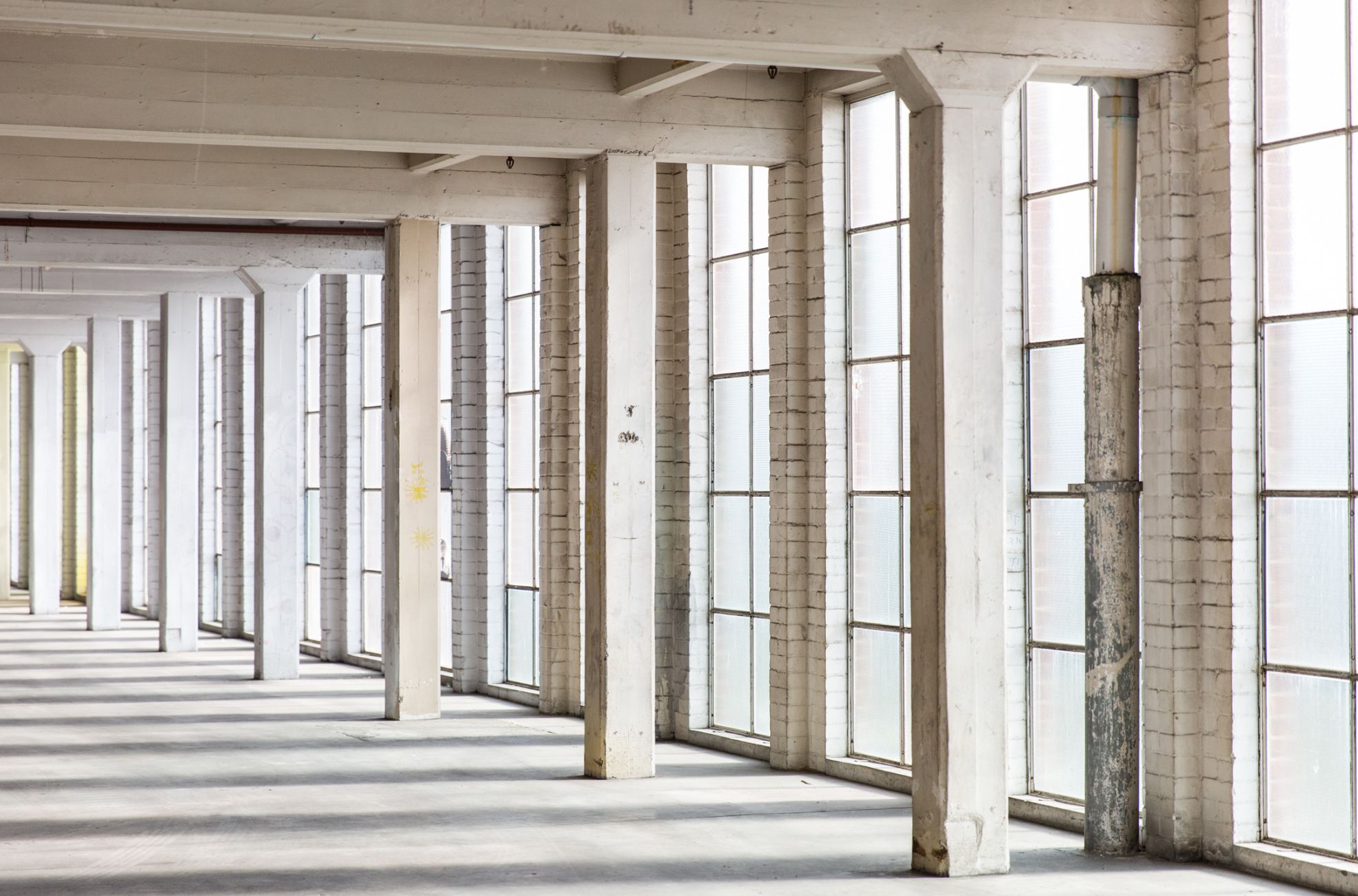
Choosing a Cohesive Theme
Aligning Theme with Event Purpose
A cohesive theme is the cornerstone of a visually stunning event, reflecting its purpose and resonating with the anticipated audience. Understanding the event’s objectives and the desired outcomes for attendees is essential. This knowledge assists in choosing a theme that embodies the event’s goals and meets the attendees’ interests and expectations.
Whether the aim is to communicate a corporate message, commemorate a seasonal festivity, or introduce a new product, the theme should capture the spirit of the occasion. It’s beneficial to distil the event’s message into a concise tagline that can guide the planning process, ensuring that every component contributes to a consistent story.
Developing a Colour Scheme
The colour scheme of an event can significantly influence its emotional impact. It should be selected with the psychological effects of colours in consideration. Cool tones like blues and greens may impart a sense of sophistication and calm, while warm, vibrant colours can create an atmosphere of excitement and enthusiasm.
It is recommended to choose a palette of three to five complementary colours while taking into account the venue’s inherent aesthetics. The colour wheel is a valuable resource for finding harmonious combinations. The chosen colours should permeate all facets of the event, from the invitations to the catering, to forge an immersive atmosphere.
Incorporating Style Elements
The venue’s architecture, the pathways guests will traverse, and the combination of lines, shapes, and structures all contribute to the event’s style. Lighting can modify perceptions of the space, focus attention, and establish the desired mood. Textures and patterns introduce depth and intrigue, stimulating both touch and vision.
Adding plants can improve the atmosphere and aid in achieving visual objectives. When selecting style elements, it’s important to consider their collective impact in supporting the theme, ensuring a cohesive and unforgettable experience.
Theme Consistency Across All Decor
Adherence to the theme is necessary, and it should be apparent in every facet of the event, beginning with the guests’ arrival. Uniformity in decor, music, cuisine, and even the attire of the staff fortifies the theme and amplifies the event’s brand. Obtaining feedback from an external source can offer a fresh perspective to avoid losing the theme’s essence or becoming excessive.
Budget limitations should not impede creativity; they can instead foster inventive approaches that make a significant impact. By integrating the theme into every detail, the event becomes a unified visual narrative, effectively and memorably conveying its message.
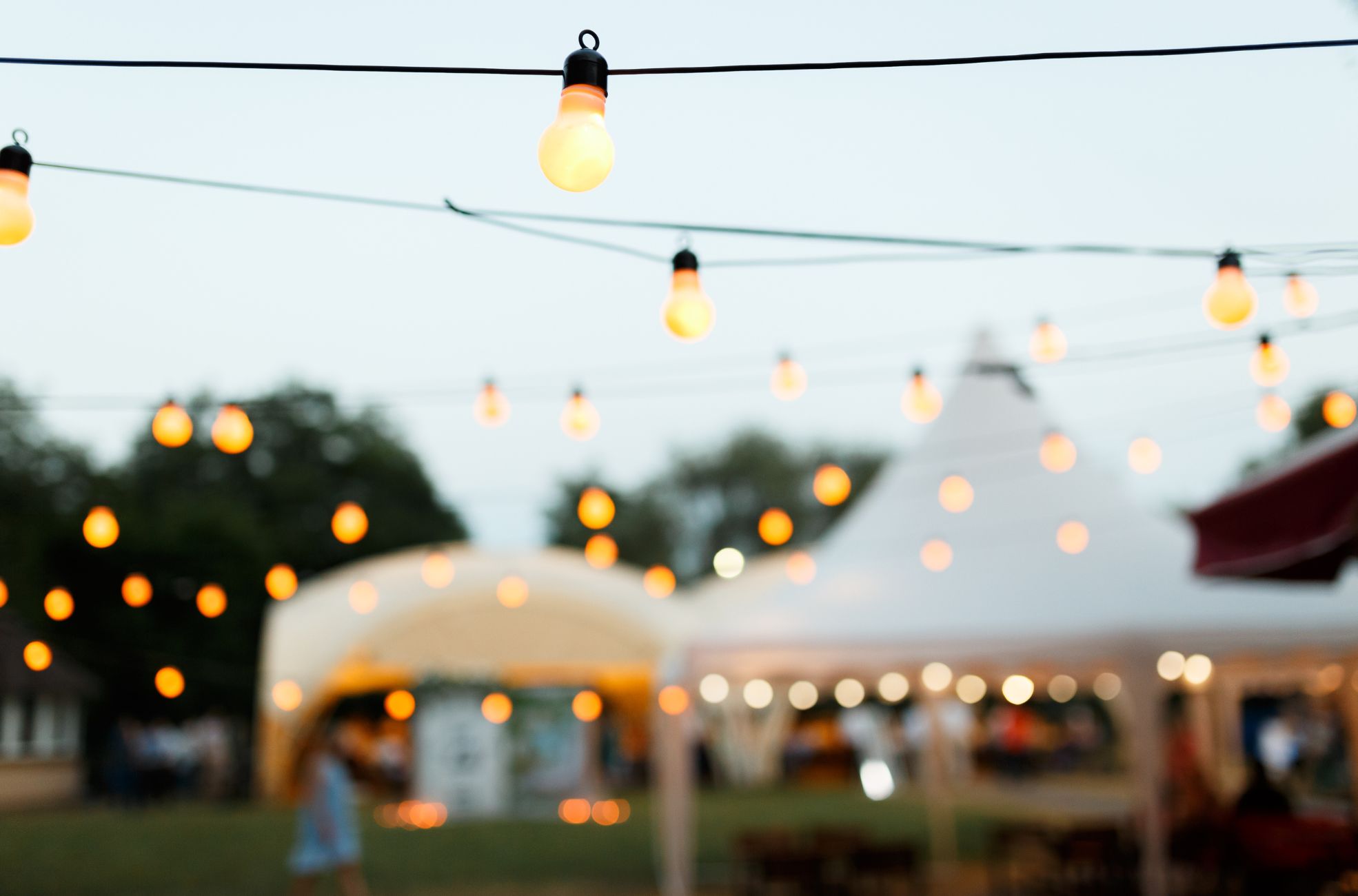
Innovative Lighting Solutions
Types of Lighting to Enhance Mood
Different lighting types can significantly influence the event’s ambience. LED PAR lights, for example, can bathe a space in warm hues, contributing to a welcoming environment. In contrast, LED pixel tube lights can introduce dynamic colour shifts, adaptable to the event’s tempo and style.
For settings that require a touch of enchantment, LED string lights can cast a spellbinding glow, which is ideal for evening events. On the other hand, LED panels can serve as vivid backdrops, capable of syncing with music to heighten the sensory experience.
Using Spotlights for Dramatic Effect
Spotlighting can spotlight certain aspects of an event, adding emphasis and theatricality. Ellipsoidal spotlights, or “Lekos,” are adept at illuminating speakers or performers, ensuring visibility from all angles. Follow-spot lights can maintain focus on moving subjects, adding an element of excitement.
Pin-spots are adept at accentuating specific features like tables, displays, or artwork. By varying colours, patterns, and positioning, spotlighting can craft an atmosphere that ranges from vibrant to elegant.
Incorporating Interactive Light Installations
Interactive light installations represent a cutting-edge aspect of event design. These features react to participant interaction, fostering a sense of involvement and wonder. Installations might include walls that shift hues upon touch or floors that illuminate with footfalls, making attendees feel connected to the event’s energy.
These installations provide entertainment, promote engagement, and can become a focal point for conversation, enriching the event’s dynamic.
Balancing Functional and Ambient Lighting
Achieving harmony between functional and ambient lighting is imperative. Functional lighting ensures clarity when viewing presentations and products, which is especially pertinent in professional settings like conferences.
Ambient lighting, conversely, is integral to establishing the event’s character. Architectural lighting can accentuate the venue’s design, while balloon lighting can infuse a spacious area with cosiness.
The interplay of static and moving lights can produce a lively setting that captivates attendees. Intelligent lights can generate effects that elevate the event into a mesmerising showcase. It’s important to tailor lighting choices to the venue and time of day to achieve the intended impact.
Collaborating with a professional lighting team is key to realising a polished outcome. They can ensure that the lighting complements the event’s technology and sets the appropriate tone for the audience’s experience. Expert lighting can profoundly alter the venue’s ambience, whether for a theatrical production or a large-scale sporting event.
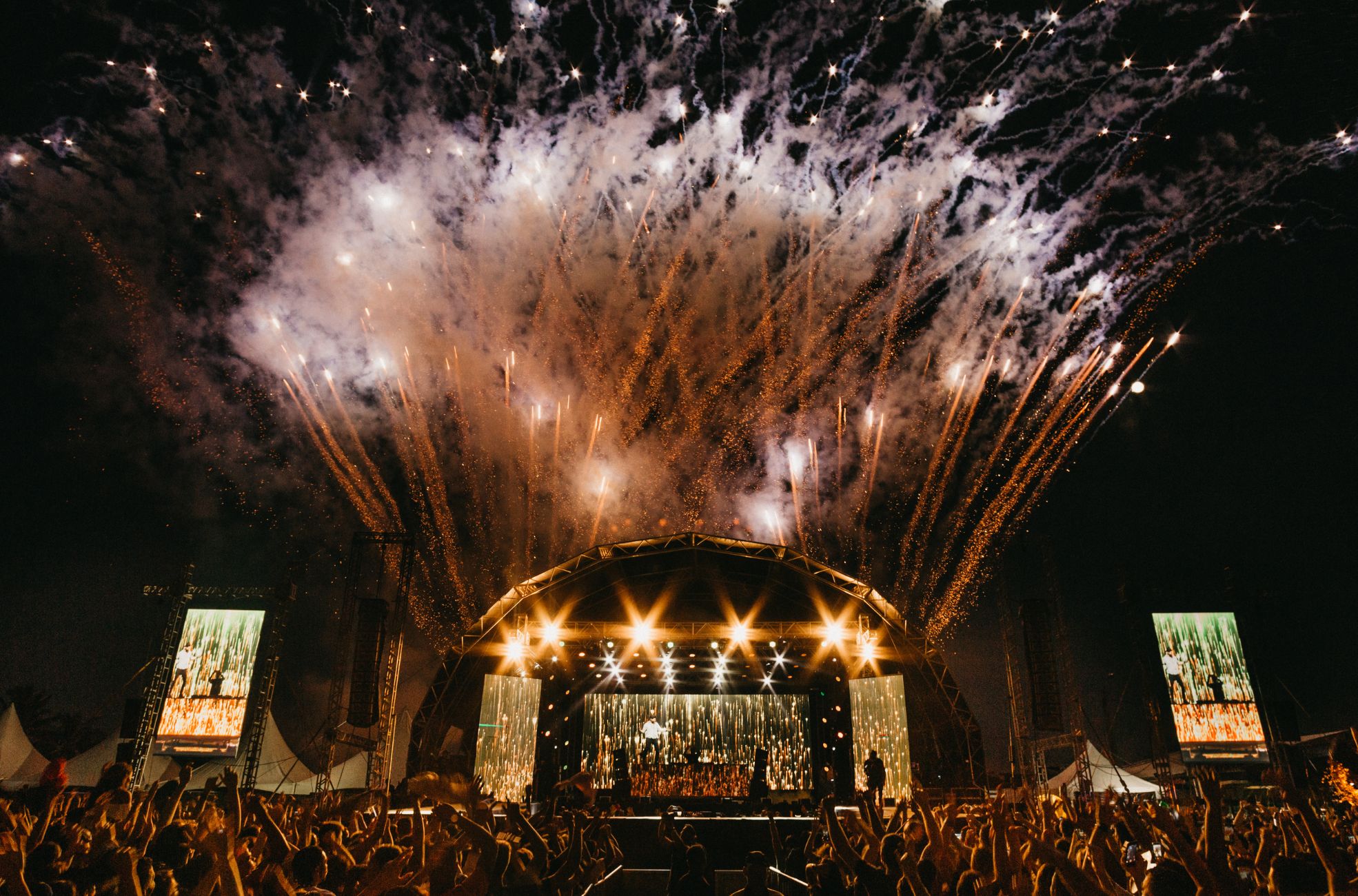
Decor and Set Design
Selecting the Right Furniture and Fixtures
The selection of furniture and fixtures is pivotal in establishing the desired mood for an event. These choices should reflect the nature of the event and the anticipated audience. For example, gaming tables and a bar would enhance a casino-themed gathering. At the same time, a children’s event would benefit from kid-friendly furnishings and bright hues.
The comfort of the attendees is paramount, and seating should accommodate both intimate conversations and larger group interactions. The chosen furniture should serve a functional purpose and contribute to a harmonious and welcoming environment that supports the event’s goals.
Creating Engaging Visual Displays
Visual displays are essential for capturing attendees’ attention and reinforcing the event’s message. Screens used to display custom graphics or thematic imagery can add a unique touch. When presenting complex information, visual aids should be clear and straightforward to ensure the content is accessible and engaging.
Incorporating interactive elements within these displays can encourage guests to engage more deeply with the material. Pre-event testing with an audience can provide insights, guaranteeing that the displays are both visually appealing and effective in communication.
Using Art and Sculptures
Art and sculptures can enhance a venue. Strategically placed, they can serve as captivating focal points that align with the event’s theme and narrative, contributing to a unified visual storytelling experience.
Integrating Technology in Decor
The integration of technology into decor is increasingly important. Techniques like projection mapping can transform ordinary surfaces into captivating canvases. Tech-centric centrepieces and robotic elements can create a futuristic ambience.
Holographic and AR features can provide immersive experiences that enhance presentations and entertainment. Interactive photo booths and digital displays that reflect the event’s theme or corporate identity are other ways to incorporate technology. Furthermore, digital check-in solutions like QR codes can simplify the attendee experience. By leveraging technology, organisers can craft an environment that is visually impressive and actively engages attendees, leaving a memorable impact.
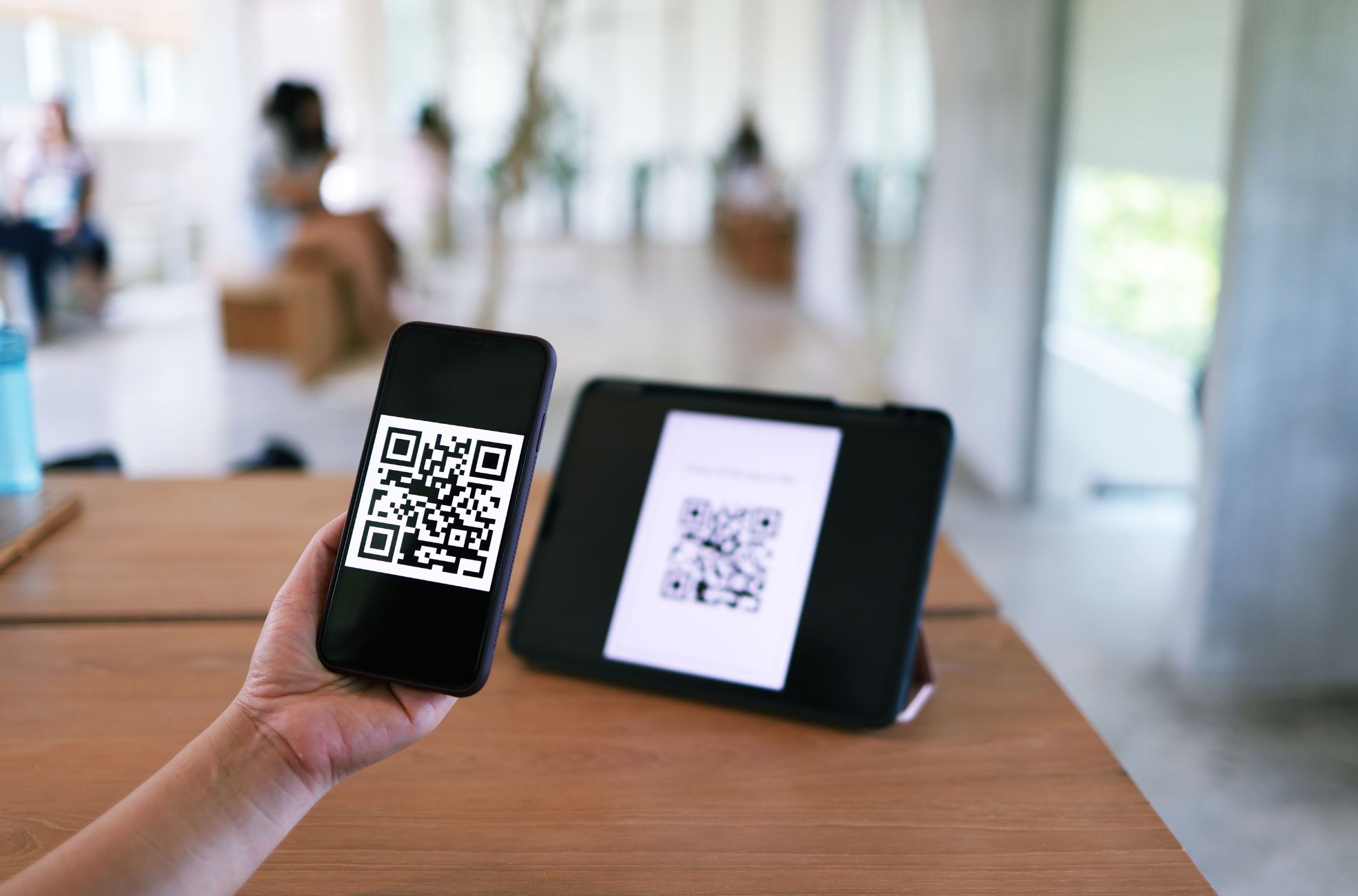
Finishing Touches and Attention to Detail
The final touches can elevate an event and leave a lasting impression on attendees. The nuanced additions contribute to a comprehensive and engaging atmosphere.
Table Setting and Fine Detailing
The presentation of tables is a nuanced art that can significantly enhance the guest experience. More than just arranging utensils and glassware, it involves creating a welcoming spot for each attendee.
Elements that resonate with the event’s theme, such as unique centrepieces, distinctive linens, and customised place cards, should be thoughtfully integrated. The goal is to strike a balance where visual appeal meets practicality, ensuring guests can enjoy their meals in comfort.
Signage and Directional Elements
Effective signage is both a navigational tool and a branding opportunity. It should be strategically positioned to catch the eye and assist attendees in finding their way, which is particularly essential in larger venues.
Consistent and clear signage should intuitively direct guests from the entrance. This encompasses various types of signs, each serving a specific purpose. The design of these signs should be in harmony with the event’s branding, incorporating familiar colours, typefaces, and logos.
Illumination is essential for ensuring signs are easily visible. The design of signage should be an extension of the event’s visual narrative, maintaining the established aesthetic.
Personalising Space for Guests
Tailoring the event space to the audience involves creating an ambience that speaks to them on a personal level. It’s about aligning the environment with the event’s intent and the guests’ preferences.
Creating spaces for guests to interact and share their experiences, such as photo areas designed for social media sharing, can add a personal touch. The layout should be purposeful, guiding guests through the event and arranging areas like lounges and refreshment stations to optimise their enjoyment.
Final Walkthrough and Adjustments
A thorough inspection prior to opening is essential to confirm that every detail aligns with the intended design. This is the time to examine the venue’s readiness, from the arrangement of furnishings to the operational status of technical equipment.
This stage allows for fine-tuning, such as adjusting illumination to suit better the atmosphere or reconfiguring seating to accommodate attendees better. It’s also the moment to verify that all safety measures are in place and that the venue adheres to all necessary regulations. By implementing these practices, the event is poised to not only fulfil but surpass its guests’ expectations.
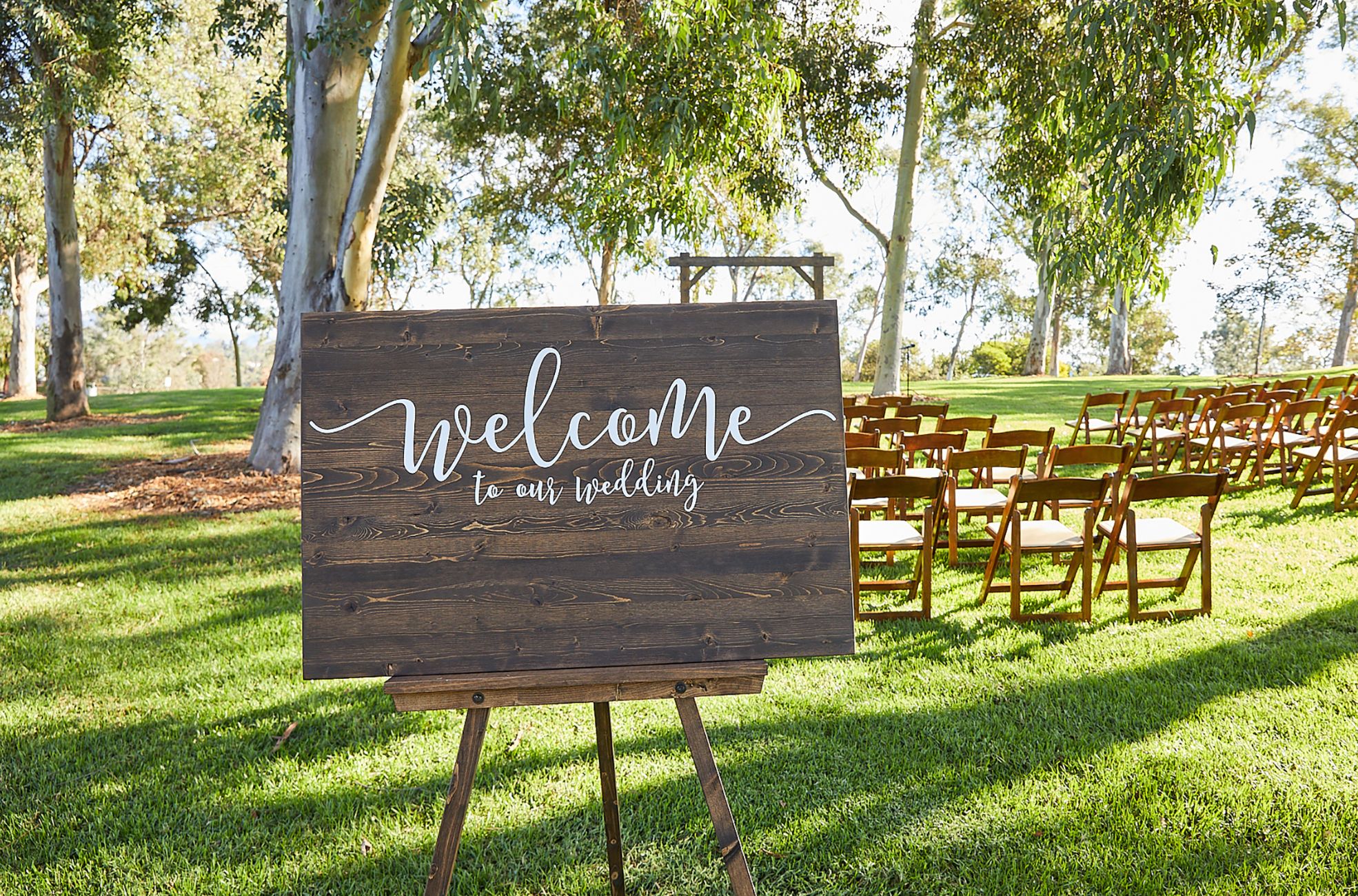
Build Your Visual Masterpiece
Transforming a venue into a visual masterpiece goes beyond mere aesthetics; it’s about crafting an experience that resonates with guests long after the event concludes. The meticulous attention to detail, the harmonious blend of light and colour, and the seamless integration of theme and technology combine to create not just an event but a story.
As you find the nuances of your space, from the strategic placement of signage to the tailored ambience for your attendees, your dedication to design excellence becomes evident. Remember, the most successful events are those where form meets function with grace and innovation, leaving each guest with a sense of wonder and a memory of splendour. Embrace these design tips and let your event be the canvas upon which a visual feast unfolds.

